If you’re short on yard space or live in an urban setting, there’s no need to give up on a vegetable garden. There are plenty of veggies that will happily grow in containers, providing you with a bountiful harvest in a small amount of space.
Of course, some vegetables are more suited to containers than others, and there are a few key ways to make this alternative way of gardening a huge success.
With that in mind, here’s a look at the best vegetables for container gardening, plus some tips to make sure your harvest is a good one.
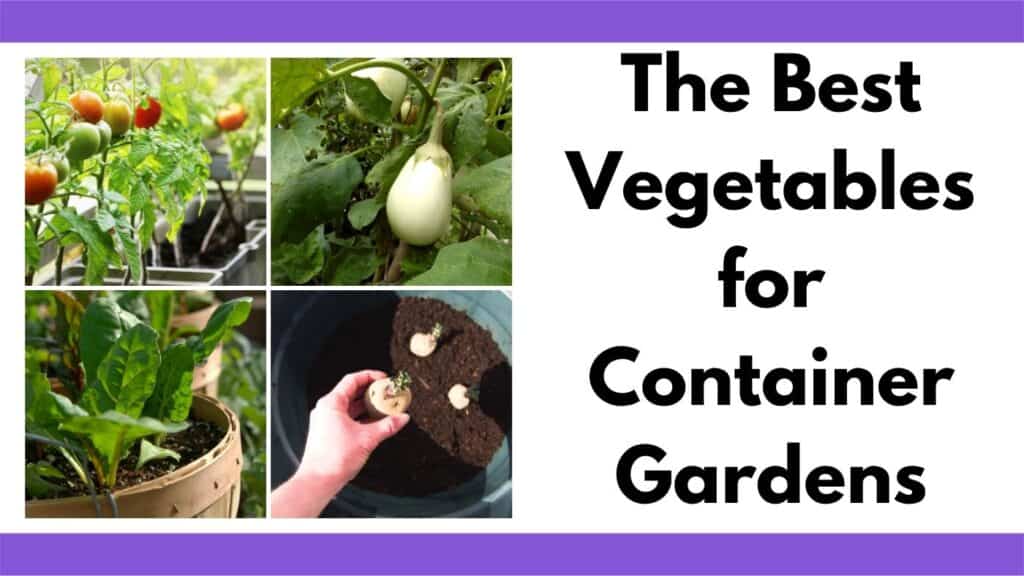
Most popular herbs grow well in containers, as long as you partner then with herbs that have similar soil and water requirements. This post focuses specifically on vegetables for container gardening. To learn more about herbs, please see this post about growing herbs together.
You can see these veggies in an easy to remember list in this Web Story about container garden veggies.
This post includes affiliate links. If you make a purchase using one of these links, Together Time Family will receive a commission at no additional cost to you.
Best Vegetables for Container Gardening
Container plants are more prone to drying out than plants in the ground. It’s important to watch them closely, especially in hot weather, and water as needed.
Container plants also don’t have the advantage of being exposed to local indigenous soil microbes. Using an inoculant, such as mycorrhizal fungi with plants that can partner with fungi, can help ensure you have strong, healthy plants.
I’ve been using Myco Bliss with my tomatoes and peppers this year and the results have blown me away. I’m even adding it to my potting soil or seed starting mix when I start my seeds! According to soil food web expert Matt Powers, an inoculated tomato seed (and other plants, too, but tomatoes were the first ones studied) uses microbes to boost growth from the moment its first root tip emerges. Skip the Jiffy peat pellets and use inoculated seed starting mix or potting soil when you start your seedlings this year. You’ll be amazed, too.
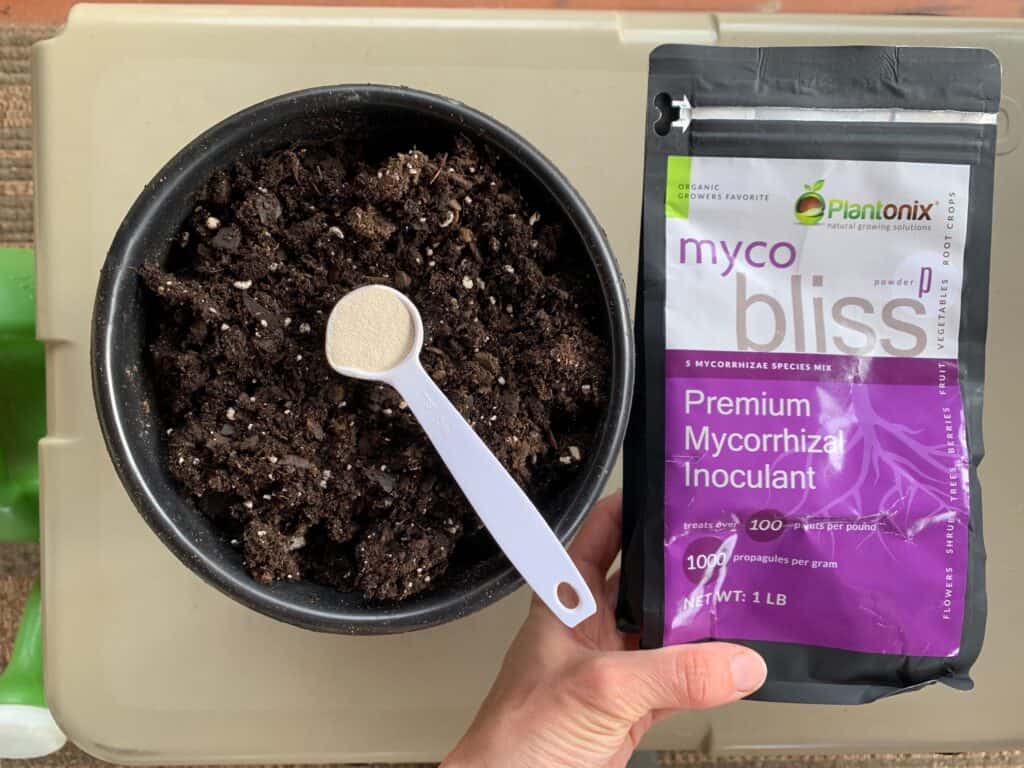
Lettuce & Other Greens
Leafy greens are some of the easiest vegetables to grow in containers. They don’t take up much space and can be harvested in as little as a month or two. Most grow best in the cool weather of spring and fall, so plan your planting accordingly.
Lettuce is a great example of a green suited to pots. It can go in sun or part shade and harvested as soon as the leaves are big enough to eat. You can also mix in other salad greens like spinach, arugula, endive, etc. Lettuce is a fantastic choice if you don’t get full sun. It can grow with as little as 6 hours of sunlight.
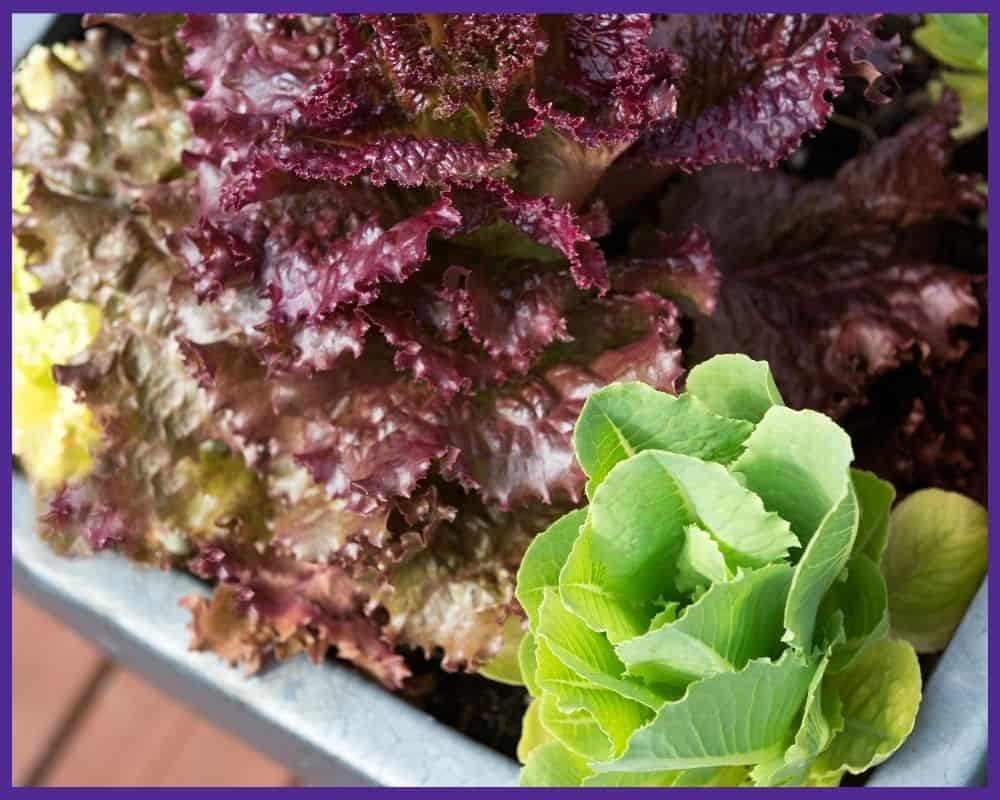
To maximize your container garden, look for faster-growing, loose leaf type lettuces. Some large, compact head lettuces, like Romaine, take a relatively long time to mature. When you select a faster-growing loose leaf variety, you can make regular, smaller harvests for several weeks.
Lettuces can grow in long, shallow pots. You can also plant in window boxes. Any variety will do, but for a more decorative look, try a mesclun salad mix or a combination of green and red lettuces.
Lettuces for Container Gardening
Red Salad Bowl Lettuce Seeds
Red lettuce is an easy way to add a splash of color to your patio garden.
Salad Bowl Leaf Lettuce Seeds
Salad Bowl is one of my favorite lettuce varieties. It matures relatively quickly and you can harvest a few leaves off each plant for several weeks. Plant several in one container for a fresh salad every day!
Leaf Lettuce tom Thumb
Tom Thumb is an adorable butterhead style lettuce. Each head is perfectly suited to a single salad serving. It's perfect for fresh greens in the smallest of container gardens.
Kale and Swiss chard are excellent for containers as well, although they do grow larger than other greens. However, you can harvest them at the baby leaf stage if desired. These greens are the only plants on this list that do not partner with fungi, so don’t inoculate your kale seeds.
Kale does need a larger container. For a big plant, chose a 5 gallon grow bag (or larger) with just one or two kale plants.
Table could not be displayed.Tomatoes
Tomatoes are one of the most popular summer vegetables and adapt very well to container growing. They usually need some kind of support system, though, so plan to get a tomato cage or a sturdy trellis for each plant.
Also, be aware that tomatoes are heat-loving plants and shouldn’t go outside until temperatures are consistently above 60°F. Either start seeds indoors 6-8 weeks before your last frost date or buy seedlings at a nursery to make sure you’ll have ripe fruit before the end of the season.
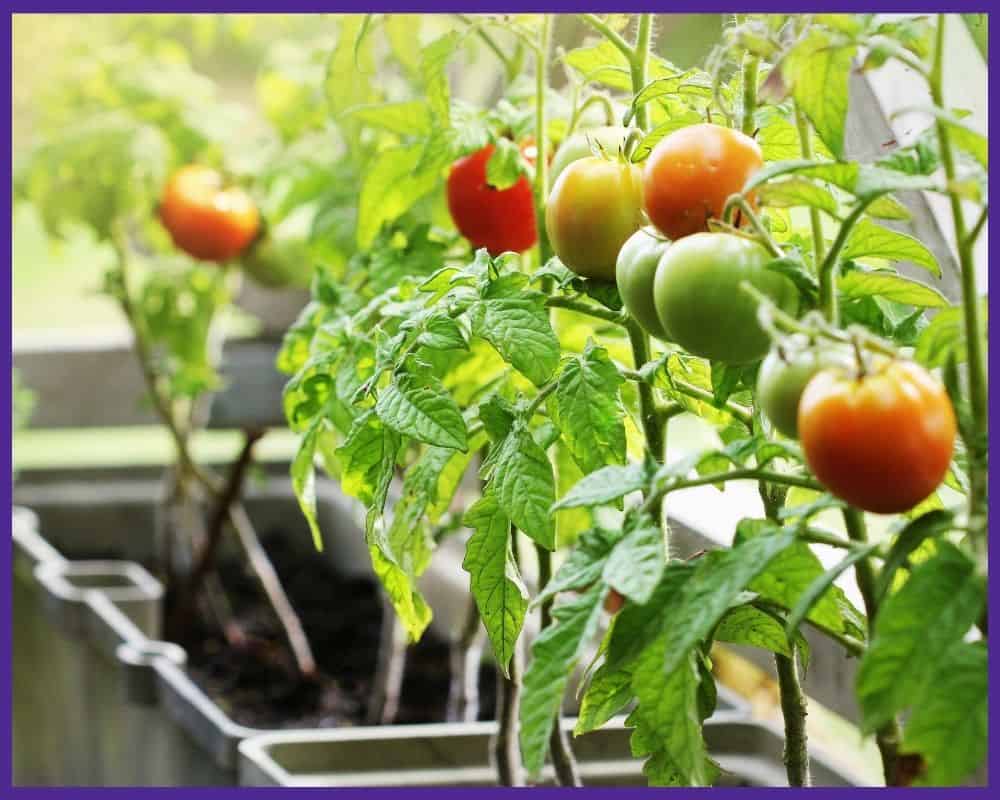
Any variety of tomato can be grown in a pot, but cherry tomatoes and compact, bush varieties will do the best. Determinate tomatoes, which stop growing upwards when the fruit ripens, are easier to support in pots than indeterminate tomatoes, which continue to grow taller indefinitely.
Many seedlings available at “big box” style stores are for indeterminate plants with large tomatoes. You’ll probably have better luck looking for seeds from specialty retailers who sell less common varieties. One of my favorite for growing containers is Tiny Tim.
Tomatoes for Container Gardens
Although you technically grow any tomato in a container, some varieties are better suited to container gardening.
20 Heirloom Dwarf Tomato Seeds Geranium Kiss Organic Micro Tomato
This remarkable little plant stays less than three feet tall and produces golfball sized fruits.
2 Live DWARF bonzai PATIO
Don't want to start seeds? Order a live plant! These mini tomatoes grow just 2-4 feet tall.
Tomato Mohammed Micro Tomato
This micro tomato can grow in small containers - as small as just one gallon!
Tiny Tim Miniature Heirloom Tomato
Tiny Tim is truly tiny, and fast-maturing. I've even grown them indoors with powerful grow lights!

Tip: Choose a container that is at least 12” deep for your tomato plant. The larger the pot is, the more room the roots will have to grow, and the bigger your crop will be. Tomatoes can be grown in 5-7 gallon buckets or grow bags. Tomato expert Craig LeHoullier, author of the book Epic Tomatoes, grows dozens and dozens of tomatoes in buckets in his driveway each year.
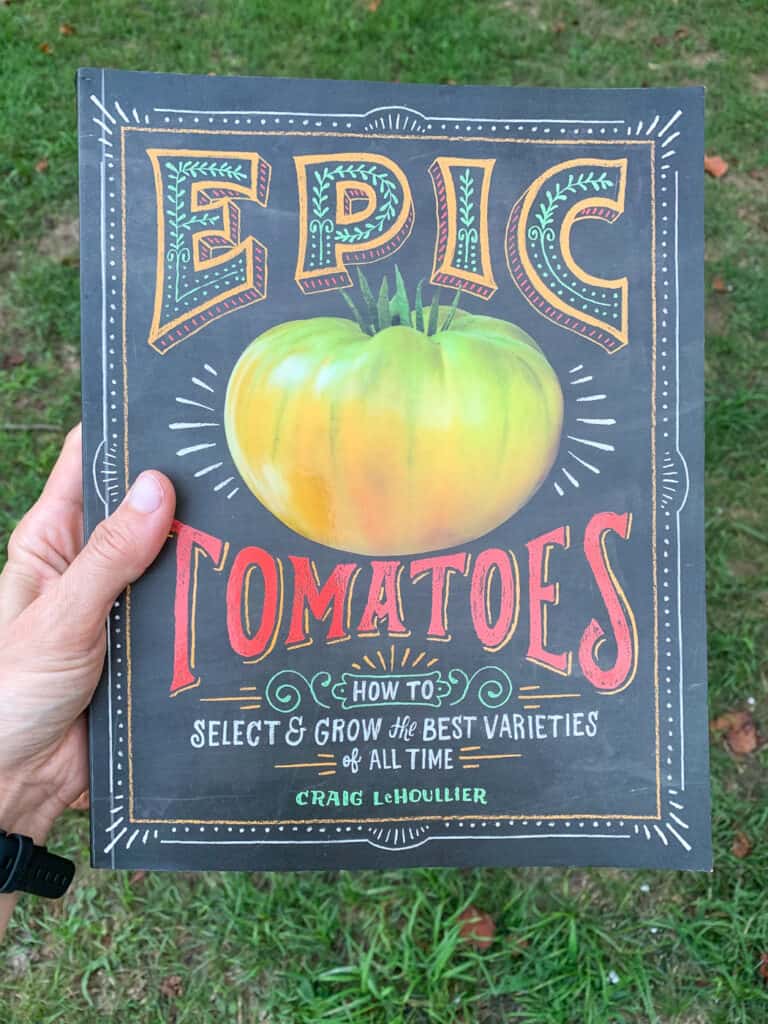
Peppers
Peppers are a relative of tomatoes, so it’s no surprise that they are one of the best vegetables for container gardening. In fact, gardeners in northern regions may have better luck growing peppers in containers than in the ground because they prefer the warmer soil of pots.
Pepper plants are very sensitive to cold weather, so wait to plant them until temperatures are consistently 60-65°F or above. Give them a spot in full sun to make sure they thrive.
Both types of peppers— hot and sweet— do equally well in pots. Some varieties may need the support of a tomato cage to keep them upright, while more compact cultivars will do fine without. If you have a short growing season, mini bell peppers will ripen more quickly than the standard ones.
Tip: Like tomatoes, peppers need pots that are at least 12” deep, although they tend to have a smaller root system than tomatoes. Buy seedlings or start seeds indoors in late winter.
Table could not be displayed.Peppers for Container Gardens
100 Purple Beauty Sweet Bell Pepper Seeds
These cute purple peppers maintain their color when cooked! The plants are sturdy and typically don't need supports.
30 Mini Bell Pepper Mix Seeds Heirloom Organic Non GMO
These adorable peppers grow quickly and are great for container gardening in the North or South.
Pepper Jalapeno Early
You're not limited to growing sweet peppers in containers! Hot peppers grow well in containers, too.
Radishes & Other Root Veggies
You may never have considered growing root vegetables in containers, but they do surprisingly well. By giving them good quality potting soil that’s free of rocks and debris, you can get more perfectly shaped roots than you would growing them in the ground.
Radishes are probably the best root crop to grow in pots. They mature very quickly – in as little as one month! Just be sure to grow them in cool weather, since the plants will bolt in the heat. Radishes and tomatoes were my very first container garden plants when I was a kid. French breakfast radishes are our family’s favorite. They grow oblong roots that are perfect for roasting.
Other root veggies for container gardening include beets, turnips, rutabaga, carrots, parsnips, and onions. Most (except onions) should be sown directly as seeds.
Tip: Choose containers based on the mature size of the root vegetable(s) you are growing. For example, carrots and parsnips will do best in containers that are long and deep. Radishes and beets, on the other hand, have relatively shallow root systems.
Root veggies for container gardens
Sweet Napoli Carrot Seeds
These carrots have a classic carrot shape and grow 7-8" long. They need a deeper container, but will yield plenty of delicious carrots! The seeds are coated for easier sewing. (More accurate carrot sewing saves you a lot of time because you don't have to thin as much.)
Round Carrot Parisian Heirloom
These cute, round carrots are delicious. The last time I ordered from this seller, Nimble Nitecap, she gave me a free package of radish seeds. I don't know if you'll get radish seeds, too, but you might.
Red Cored Chantenay Carrot Seeds
These short (up to 6"), blunt carrots are perfect for container gardening. They are also well suited to growing in heavy soil.
French Breakfast Radish Heirloom Seeds
French breakfast radishes grow very well in containers are are delicious roasted. I cut them in half and roast them with olive oil.
Eggplant
Eggplant makes one of the best vegetables for container gardening because the plants grow bushy and upright. As a bonus, the fruits have an ornamental look, which makes them a good choice for a patio or similar entertaining space.
Some varieties of eggplant will get too big for pots, so look for a smaller cultivar. ‘Fairy Tale’ is a compact Asian eggplant that yields long purple and white fruit. ‘Patio Baby’ is very compact and yields traditional dark purple fruit. ‘Gretel’ is a specialty mini white eggplant.
Be sure to place your eggplant in full sun and wait to plant it until the weather has warmed (about the same time as tomatoes and peppers).
Tip: Eggplant gets a fairly large root system, so larger containers are preferred. At minimum, use a 5-gallon pot/bag that is at least 12” deep. Go even larger for better yields.
Eggplant for container gardens
Patio Baby Mini Eggplant
True to its name, Patio Baby is a small plant that perfect for container gardens.
Mini Eggplant Little Fingers 15 Seeds Asian Heirloom
These cute little eggplant grow in clusters on compact plants. The small fruits are perfect for stir fries.
Cucumbers
Cucumbers are fast-growing and can give you a high yield from just one or two plants. This heat-loving vegetable usually does really well in containers where the soil warms quickly as long as you provide enough water throughout the season. Container cucumbers do try out quickly and need regular watering. Last summer, I occasionally watered my container cukes twice a day. Selecting a large container and only growing one plant per container help.
When considering what type of cucumber to buy, you can choose from bush types or vining types. Bush varieties tend to be more compact and suited to smaller spaces but have lower yields. Vining varieties will need a trellis or be allotted space to spill over the container.
Cucumbers for container gardens
Spacemaster 80 Bush Cucumber Heirloom Seeds | Etsy
I grew Spacemaster bush cukes last year. The plants were larger and less upright than I expected, but they did well in containers and produced so many cucumbers we were tired of eating them long before the plants were done producing.
Boston Pickling Cucumber
This seller, Southern Seed Exchange, is one of my trusted go-to seed sellers. They always ship quickly and include instructions on each packet.
Whichever type you choose, place your cucumbers where they will get plenty of sun, planting only after the weather has warmed considerably and there’s no danger of frost.
Tip: Miniature or pickling cucumbers do particularly well in medium-sized pots, but you can get away with growing a standard variety if you use large, deep containers (think 5-gallon or larger).
Potatoes
If you think you need a huge garden plot to grow potatoes, think again. These tubers are one of the best vegetables for container gardening, and harvesting them at the end of the season is as easy as tipping over the pots onto a tarp.
You will, however, need to follow a special method for planting potatoes in pots and use large, deep containers, perhaps something like a clean trash can or old barrel.
Start by placing 6” of good soil (preferably with compost mixed in) into the bottom of your container. Don’t have compost? You can buy certified organic compost on Etsy!
Plant your seed potatoes on top and cover with another few inches of soil. Whenever the plants have grown 4-6” tall, cover them with soil until only the top few leaves are sticking out. Continue to let them grow and fill in around them with soil until your containers are full.
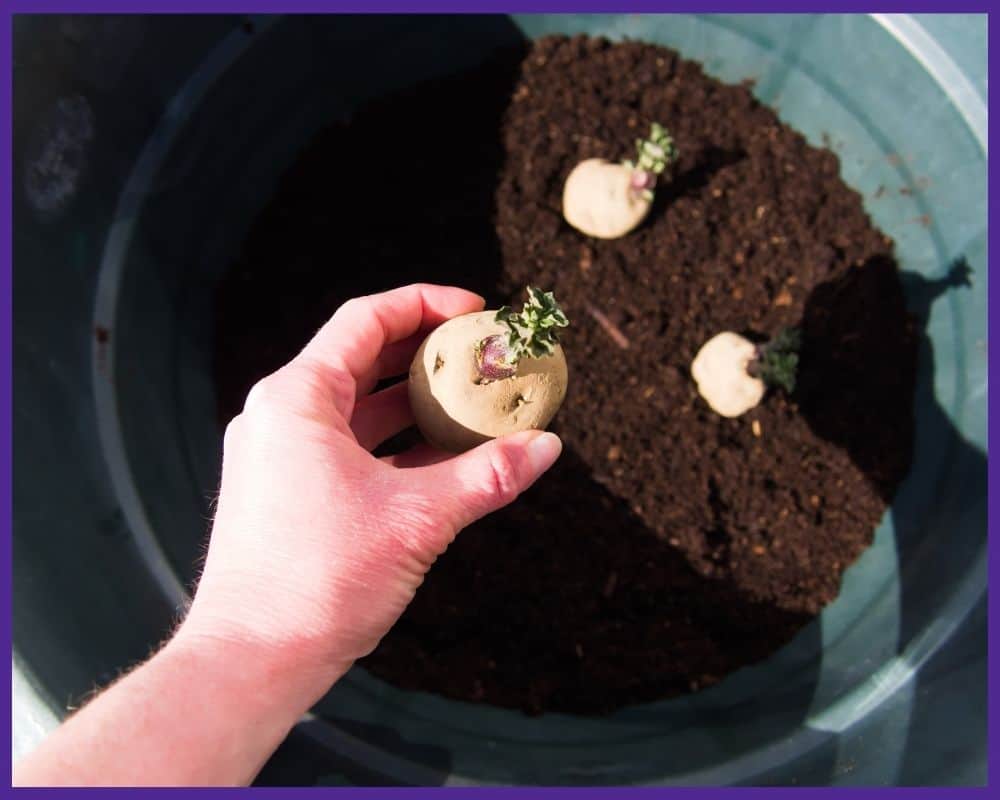
Harvest when the plants die back. Remember that potato leaves are poisonous, and so are any fruits that may form after they flower. For more information on potatoes, be sure to see this guide on when to harvest potatoes.
It may seem like a lot of work for something as simple as a potato, but homegrown potatoes are nothing like what you get at the store.
Although yields are smaller, potatoes can be grown in buckets or bags (5 gallons or larger) instead of trash cans. I’m currently experimenting with growing potatoes in kitty litter buckets. I anticipate getting just a couple of pounds of potatoes per bucket, but it’s an easy way to add a calorie-rich staple crop to your container garden. In the photo below, you can see my potato plants just starting to poke out of the soil:
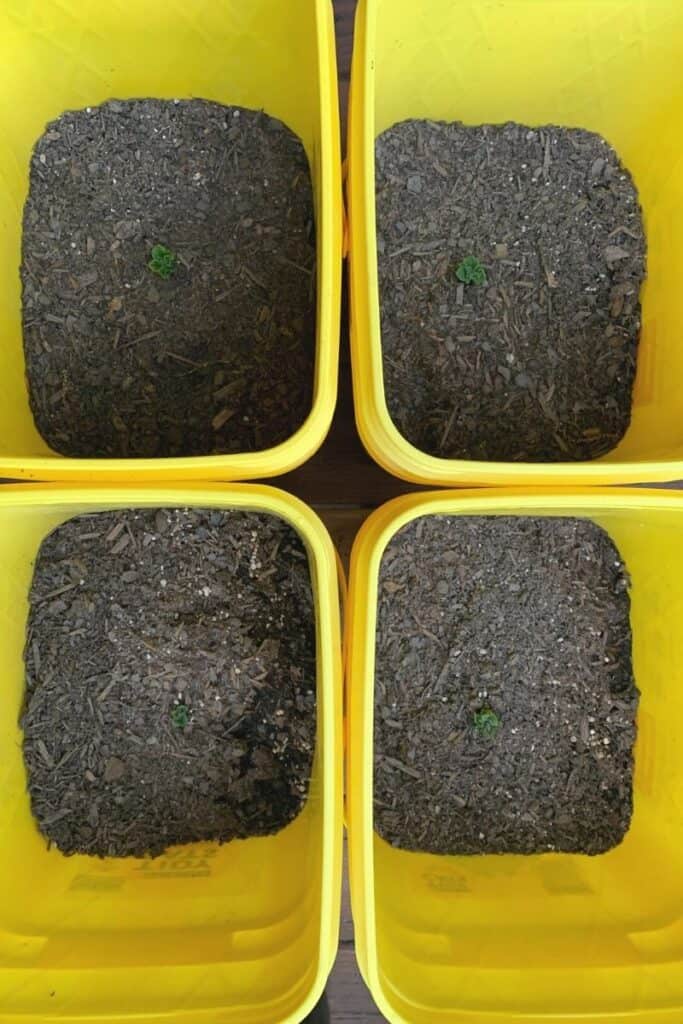
Tips for Successful Container Gardening
Now that you know the best vegetables for container gardening, here are a few key tips to make your growing season a success:
- Always choose containers with drainage holes in the bottom or drill your own before planting. This prevents the soil from getting waterlogged, which most vegetables hate.
- Do not add gravel to the bottom of your containers. This does not improve draining. Adding gravel is an old myth that won’t fully go away, even though it makes the soil right above the gravel more soggy and creates conditions prime for rotting roots.
- Be ready to water your containers because the soil in pots dries out more quickly than the soil in the ground. Deep, infrequent waterings that soak the soil are best. Plan ahead and put your garden near a hose or rain barrel!
- If possible, choose a western or southern facing spot for warm-weather vegetables that like full sun. Northern and eastern exposures are better for greens and other cool-weather crops.
- Don’t use soil from your garden to fill your containers because it will become too compacted and heavy for good root growth. Instead, choose a soilless potting mix and add some compost to it.
- Nutrients leach out of containers every time you water, so for long-season vegetables (like tomatoes and peppers), fertilize once or twice a month with compost tea or a liquid organic fertilizer. I usually use Neptune’s Harvest.
If you follow these steps and pay attention to the light and temperature needs of each plant, you’ll soon have the best vegetable container garden around!
Popular summer vegetables and herbs
Discover how to grow popular vegetables and herbs in your backyard garden or container garden with these in-depth vegetable growing guides.
7 Easiest Vegetables to Grow for an Abundant Harvest (and 5 to avoid!)
Discover the easiest vegetables to grow for beginners so you can have a healthy, successful garden.
Discover these must-know tips for planting yellow squash and common squash growing mistakes and problems.
How to Pick and Preserve Cherry Tomatoes (plus drool-worthy cherry tomato varieties to try)
Discover how to pick and preserve delicious cherry tomatoes.
Must-Know Zucchini Companion Plants (and 5 plants to avoid)
Zucchini are a summer garden must-have. Learn how to companion plant them for a healthier, more productive garden.
How to Harvest Basil (Must-know tip for an abundant harvest!)
One basil plant can provide you enough for fresh eating and drying for homegrown basil all winter long when you discover how to harvest basil the correct way.
How to Harvest Parsley (without killing the plant)
One parsley plant can provide you with an ample harvest all season long...if you know how to pick it the correct way. Discover how to harvest parsley with this comprehensive guide and video!
Harvesting Tomatoes - How and When to Pick your Tomatoes
Discover how to harvest tomatoes and how to tell when they're ready to pick - even heirloom varieties with different colors.
Natasha Garcia-Lopez is an avoid home-gardener and proud owner of 88 acres of land in rural West Virginia. She was a member of the Association for Living History Farms and Agricultural Museums for many years and is currently enrolled in the Oregon State University Master Gardner Short Course program so she can better assist you with your gardening questions.She holds a certificate in natural skincare from the School of Natural Skincare.

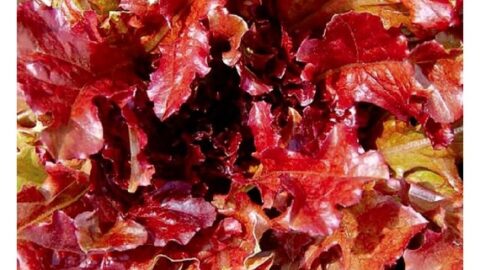
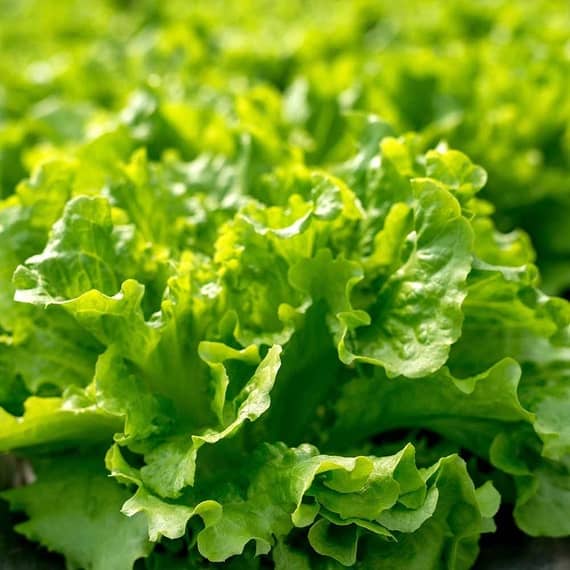
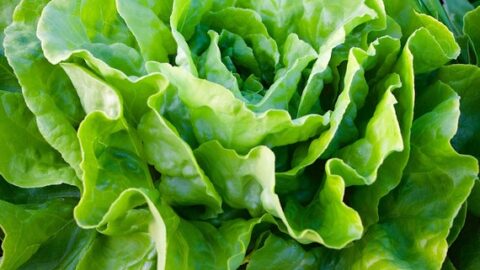
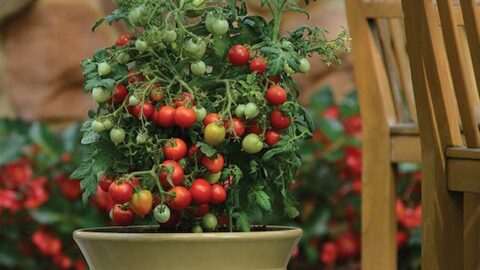
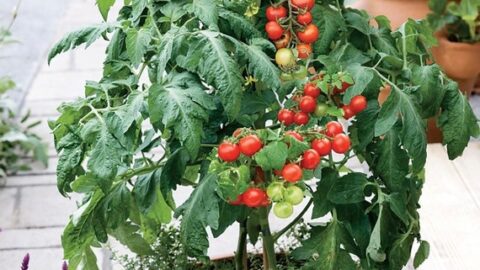
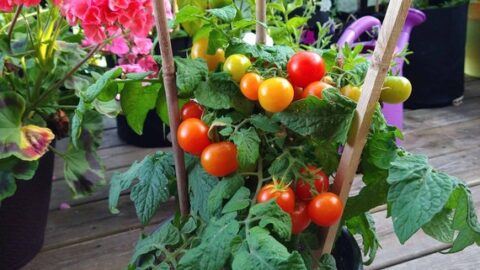
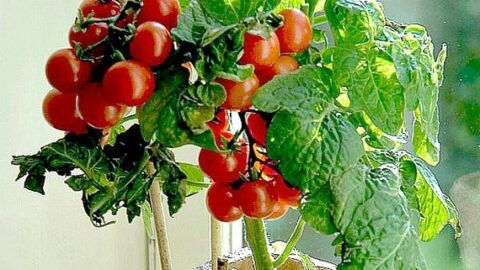
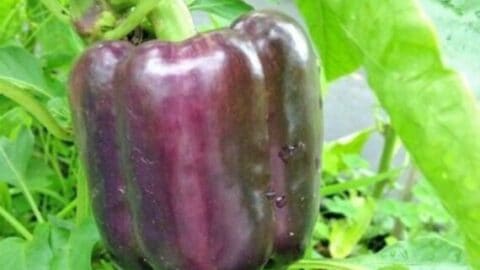
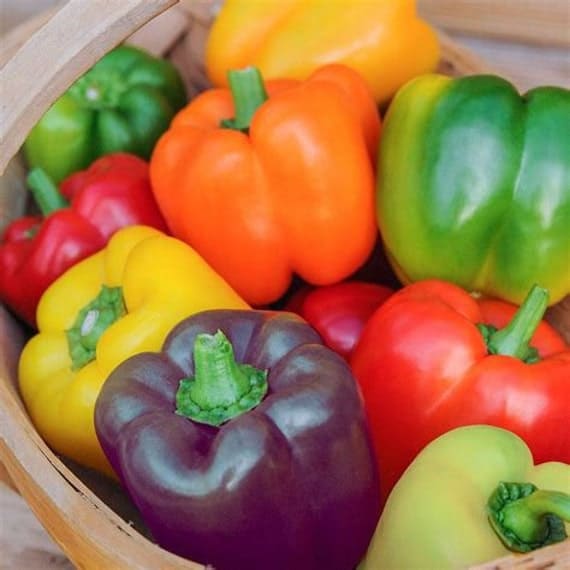
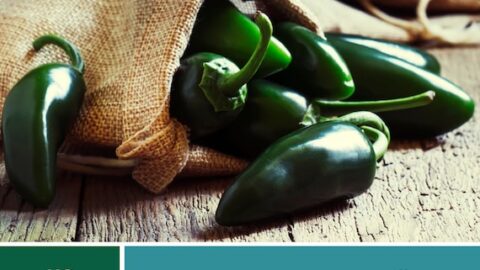
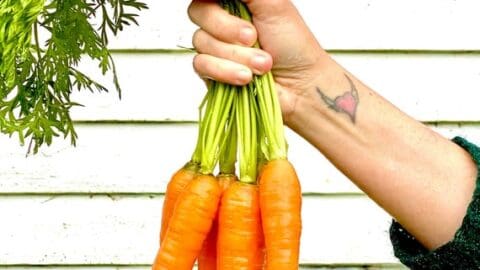
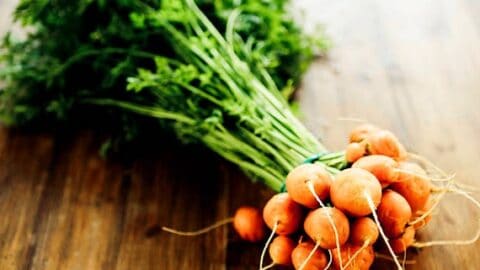
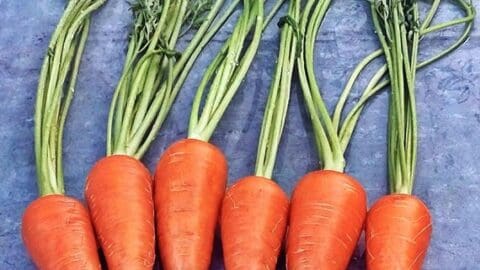
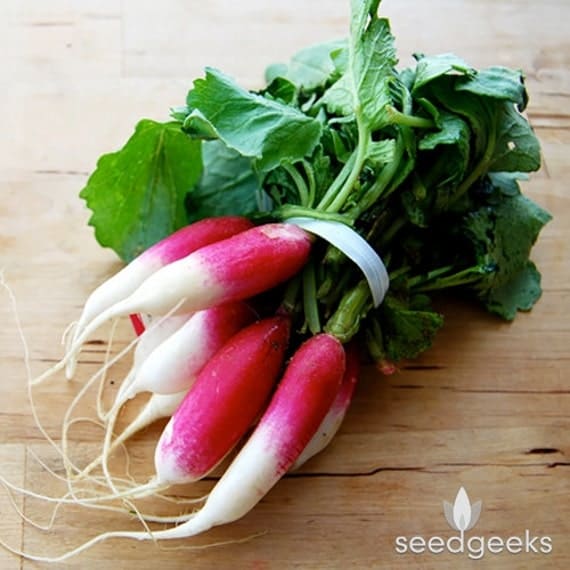
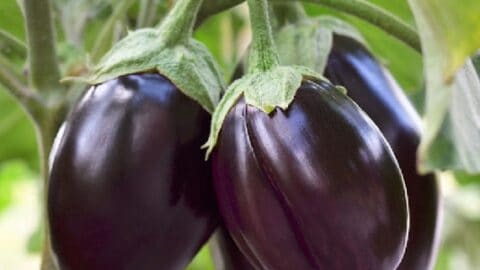
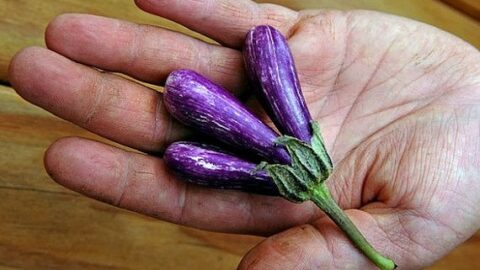
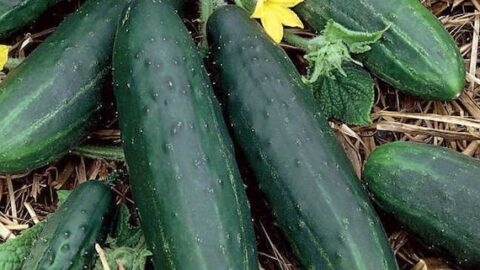
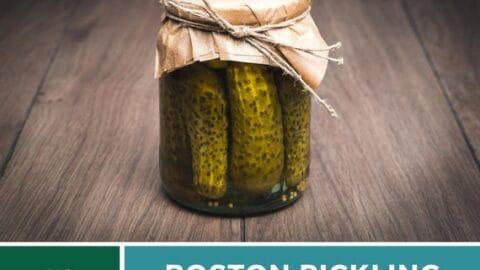
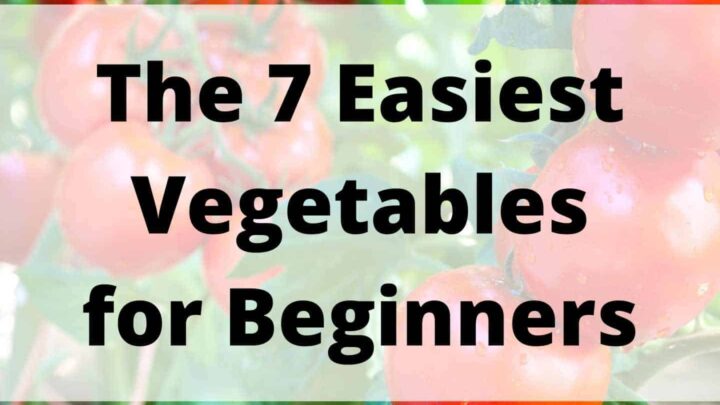
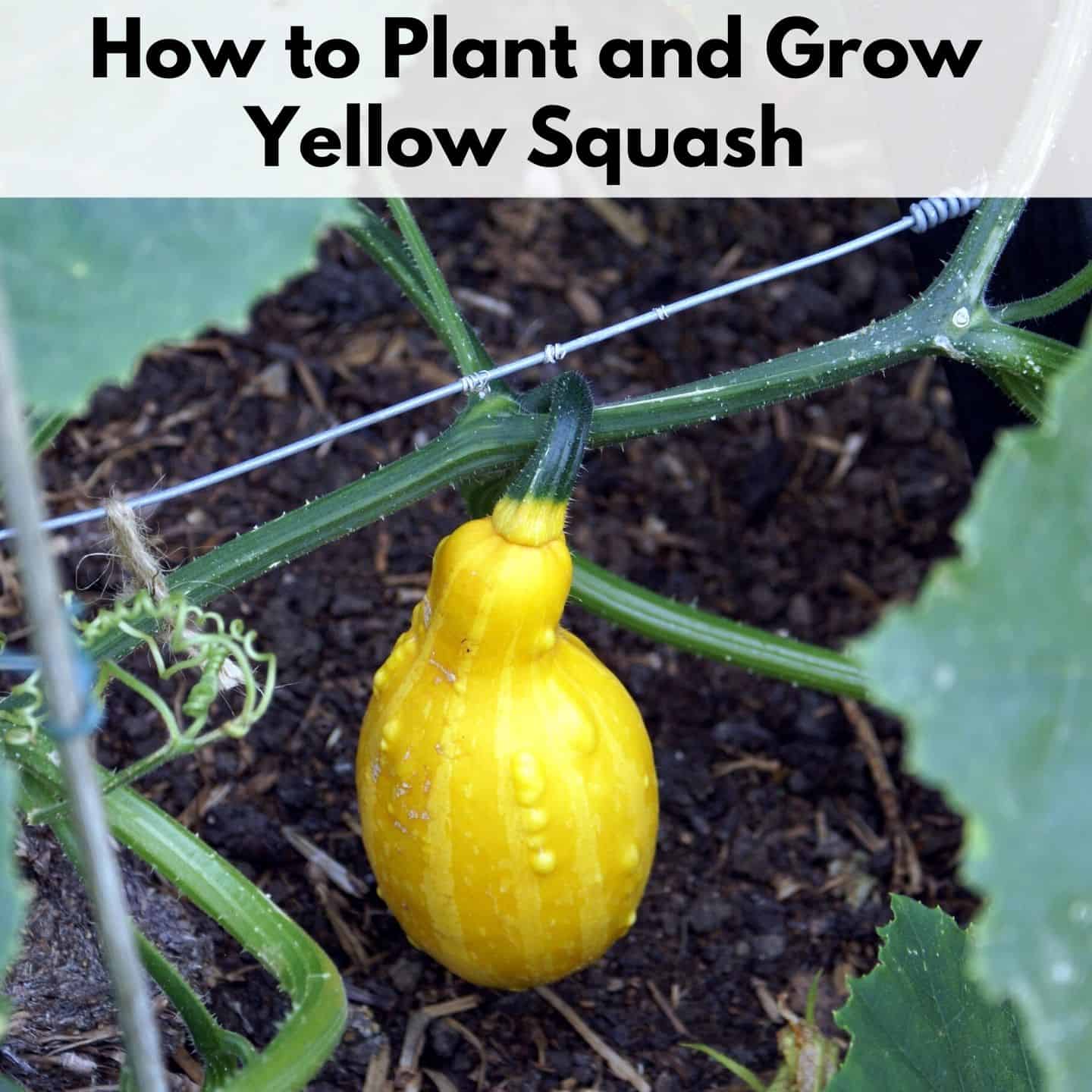
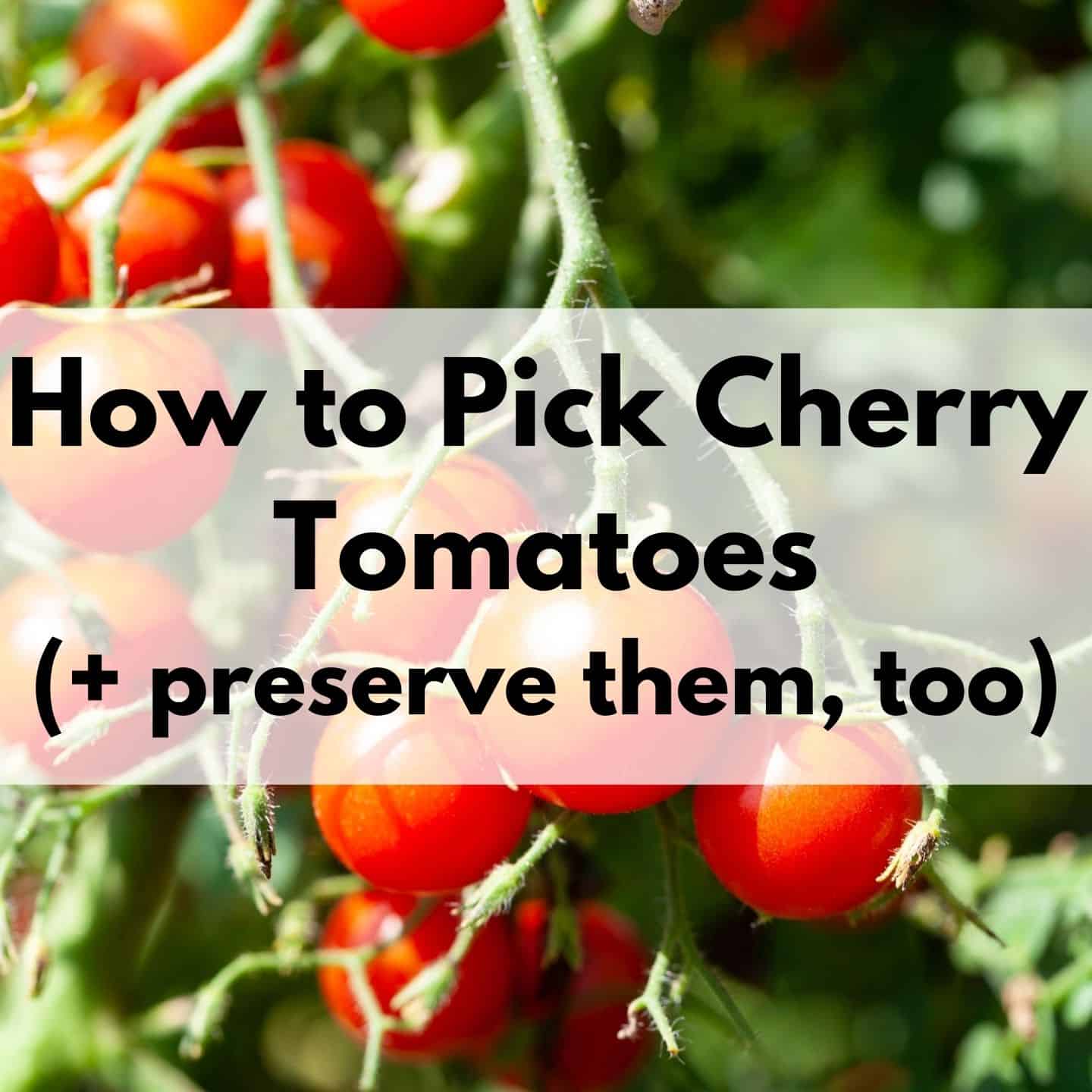
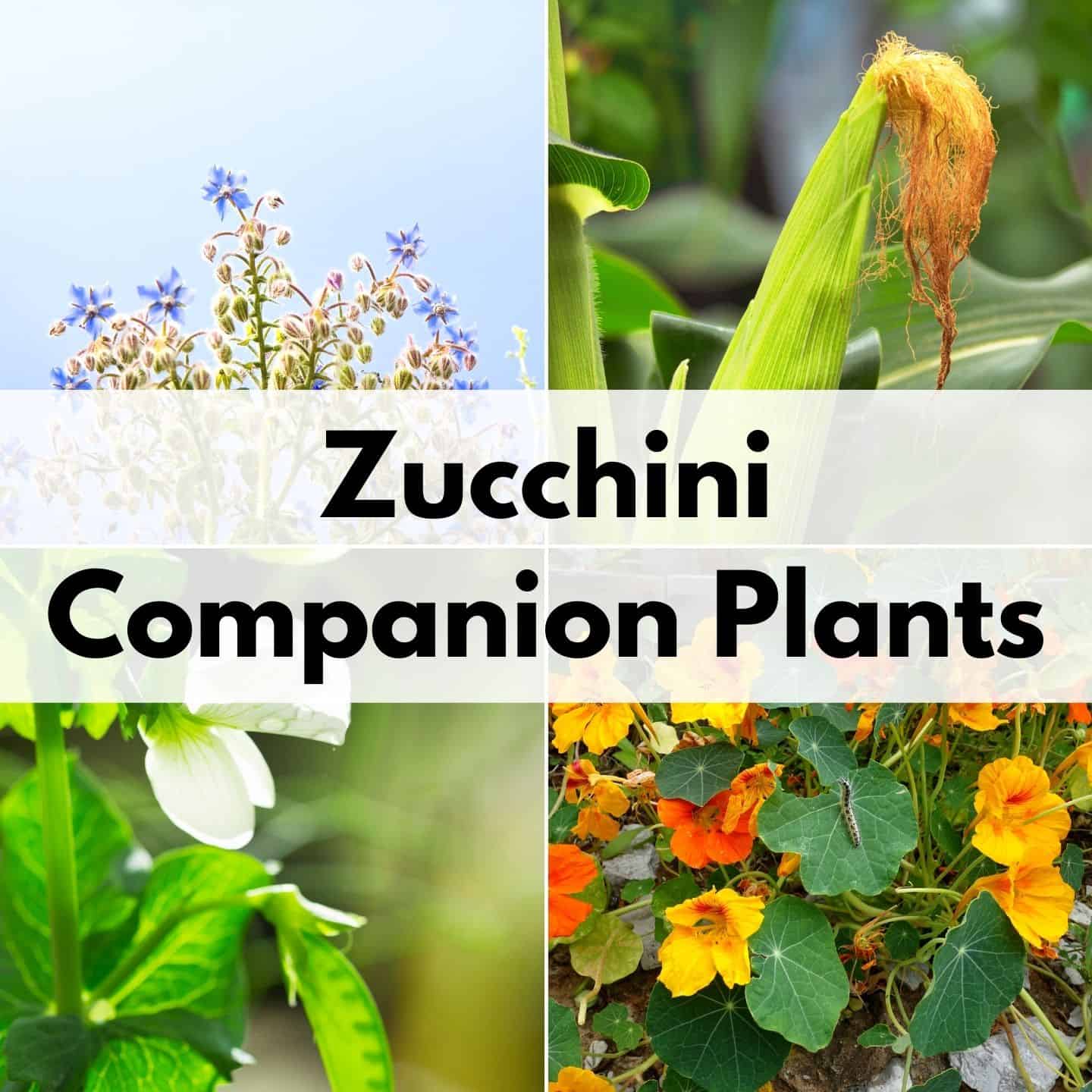
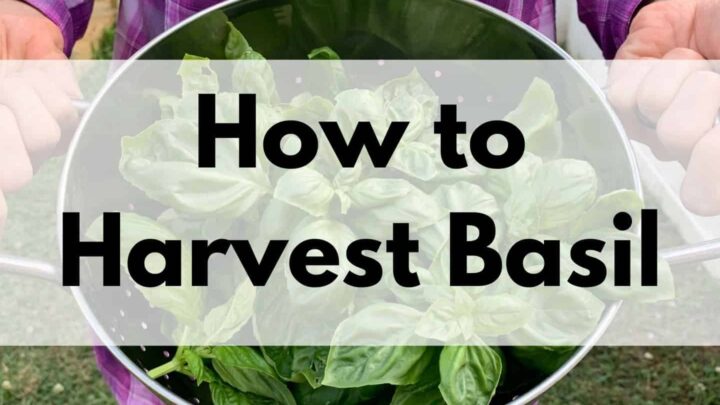
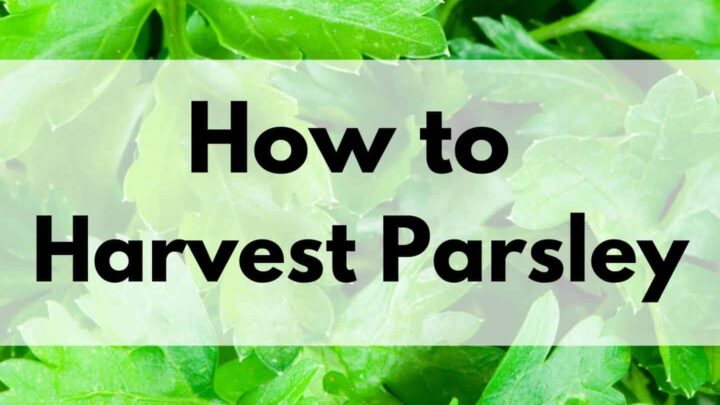
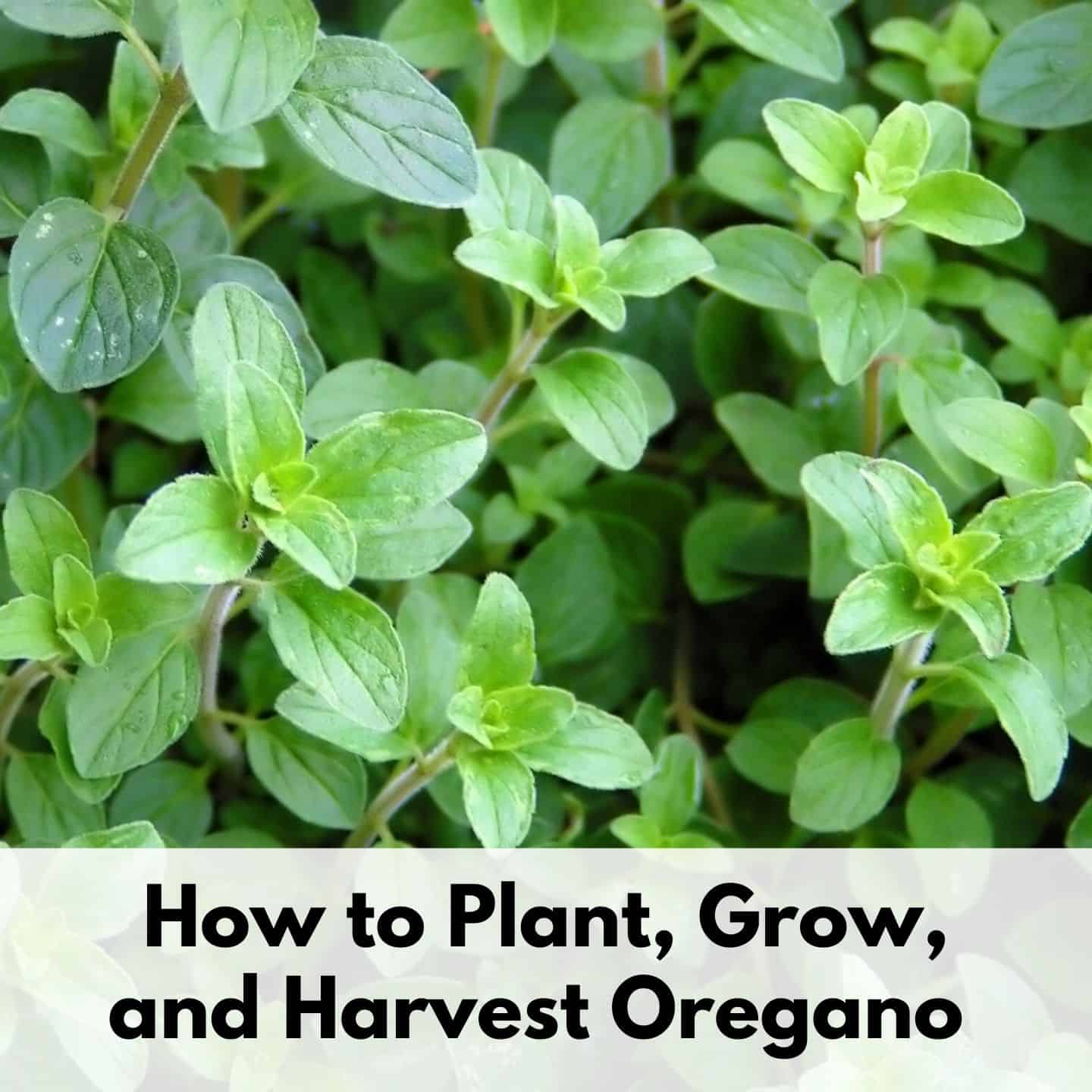
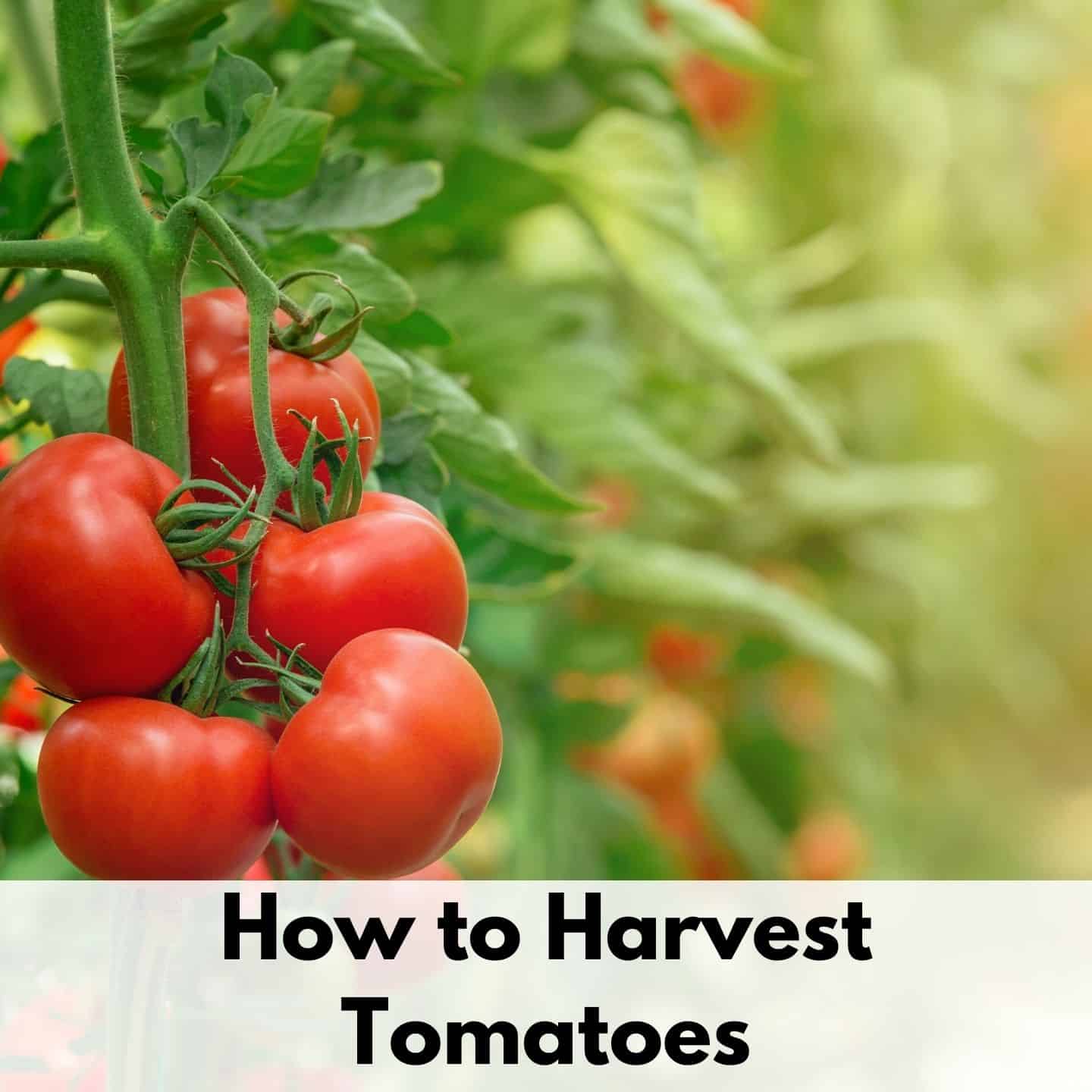

Leave a Reply